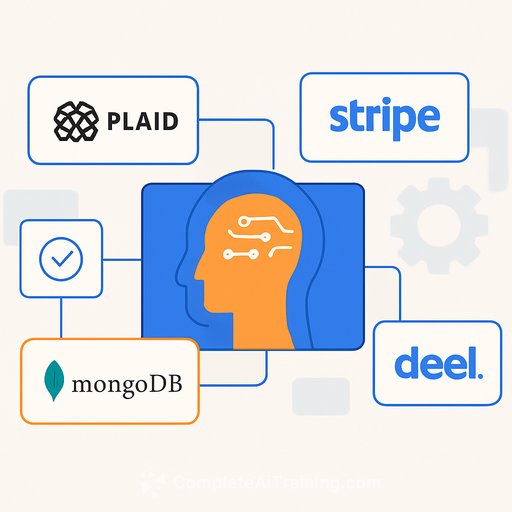The Secret to Getting Your Marketing Team to Use AI
AI only delivers results when your team trusts it. Transparency turns AI from a mysterious black box into a dependable partner for growth.
Marketing relies on trust—trust in brands, agencies, and the data that shapes decisions. AI promises better targeting, optimization, and efficiency. But without transparency, it can quickly erode that trust, causing costly mistakes and lost confidence.
Take Zillow’s iBuying collapse in 2021 as an example. Zillow used an AI-driven algorithm to buy, renovate, and resell homes. However, the model was a black box to many users and overestimated home values during a volatile market.
Without proper oversight, Zillow overpaid for thousands of homes. The fallout included hundreds of millions in losses, mass layoffs, and the program’s shutdown. The problem wasn’t just poor predictions—it was the lack of transparency, oversight, and human checks that could have caught issues early.
The winners won’t be those with the flashiest AI tools. They’ll be the ones who build AI systems that their teams can understand, monitor, and explain.
Two Pillars of Trusted AI: Observability and Explainability
Observability means having real-time insight into how the AI system works—from data inputs to decisions. It lets marketers, analysts, and compliance teams spot errors and step in when human judgment is needed.
Explainability goes a step further. It shows why AI makes certain recommendations in clear, business-friendly language. Instead of confusing stats, outputs should connect to marketing logic: for example, “This segment is recommended because they engage 40% more with video content and resemble your highest-value customers.”
Without these two pillars, AI adoption stalls, workarounds appear, and investments fall short. With them, teams gain confidence to act on AI insights, test new ideas, and move quickly without losing control.
The Business Case for Transparency
Transparent AI lowers risk by simplifying compliance, protecting brand safety, and preventing bad decisions. It also creates a competitive edge. Marketers who trust AI are more willing to experiment, personalize, and push creative boundaries.
As regulations tighten, companies with transparent AI will adapt more easily than those relying on opaque, black-box models.
How to Design AI Your Team Will Trust
- Start with transparency—retrofitting trust is tough.
- Choose platforms with built-in logging, metrics, and dashboards that non-technical users can navigate.
- Make AI outputs interpretable. Use methods like LIME or SHAP to explain results in plain language.
- Adapt explanations to your audience. Executives want high-level reasoning; analysts may want deeper detail.
- Enable human feedback loops. Show marketers how their input shapes future AI recommendations.
- Consider independent audits. Third-party validation increases stakeholder confidence.
The Bottom Line
AI that demands blind faith won’t get used. But AI that is observable, explainable, and collaborative becomes a multiplier—amplifying human creativity and insight instead of replacing them.
The real question isn’t whether your marketing team will use AI, but whether they’ll trust it. Build that trust from day one, and your AI investment will fuel growth, innovation, and lasting advantage.
Your membership also unlocks:






